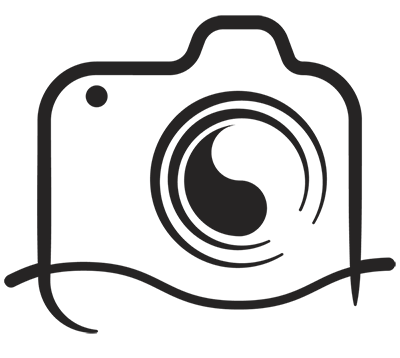John Perret shares his tips for creating a great panoramic photo.
| John Perret – www.lightlinephoto.com |
EQUIPMENT
- tripod, do not extend tripod too high
- wide-angle lens
- optional view finder grid
- good common sense of level (gets easier with practice)
FORMAT FOR IMAGES
- use tif (1), Jpg (2), raw (3). If you are taking other photos you can use raw. With raw it presents much more work but better control. Keep at 300 DPI and shoot as large an image as possible for large panoramas.
- Do not use auto settings. The low angle of the sun will give you a warmer tone in early morning or late evening light.
- Auto tends to correct tones in the sky and makes small corrections across the panoramic. Use the sun setting on your camera.
- Manual exposure allows you to adjust the exposure and take at least 3 bracketed exposures.
- Auto focus may tend to vary the focus from one side to the other: this can cause focus problems. If the panorama is far enough away then focus at infinity. Otherwise focus each time.
- Use F11 – F16 to catch all the foreground.
POSITION OF CAMERA
- Remember that you can shoot vertically or horizontally.
- Horizontal will cover a greater area but will crop off some space at the top and bottom. Approximately 3 – 4 images
- Vertical will result in more exposures, 8 – 9, but will give you more space on the top and bottom.
- Start on one side of the panorama and move across. You must overlap an object in each shot by approximately 25%. Buildings are easy, scenics can be difficult.
- Each shot should be bracketed. Remember that if you are using a narrow exposure (spot) then you should be exposing for the earth. An average between earth and sky is also good. Remember, what you see is what you get. If the highlights are blown out they cannot be brought back.
- As you move across the scene, the horizon line (or perceived horizon line) should remain in the same position in the viewfinder.
- If the sky seems to be burned out then expose more for the sky. Depending on the time of day this can vary dramatically. The sky can be shot separately and merged in afterward, nice with a stormy sky.
- I usually shoot the panorama twice, just in case. Horizontal could result in 12 exposures and vertical could result in 30 exposures.
MOVE TO COMPUTER
- Set up a folder such as PAN #1 and choose a complete set of best exposures. * DO NOT adjust or sharpen.
- Photoshop and Panorama Maker will make slight adjustments to exposure.
- Use of Panorama Maker in Nikon software
- Likes JPG
- Can make adjustments to edges, use at markers
- 360’ movies
- can compose vertical, horizontal and tile
- can be saved in tif with little loss of image
- Use of Photoshop
- Merge under custom
- Several choices of lenses and panoramas
- Good blending
- Size and speed of computer may vary results and limit what you can do
- After all is assembled and saved then you can use Photoshop to
- Clean up
- Crop
- Retouch corners use cloning tool
- Stretch the sky
- Correct the parallax if necessary
- Sizing ( as large as possible and label)
- Save layers, tif
- Flatten, size and adjust tif for printing
- Once you have printed the image on paper or canvas you can matt and frame. The regular photographic sizes no longer apply.
John Perret
[email protected]
www.lightlinephoto.com
Share This Post
